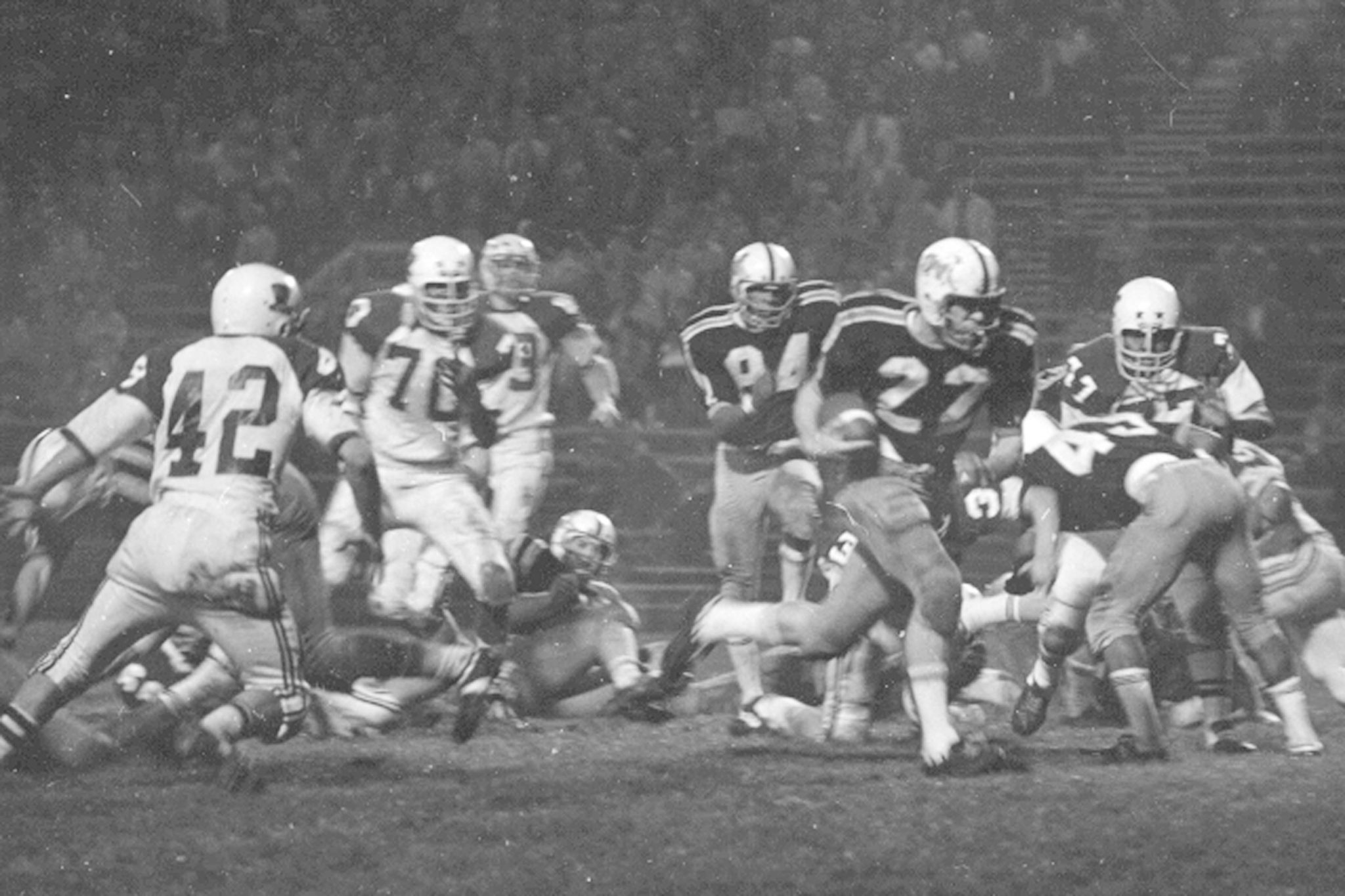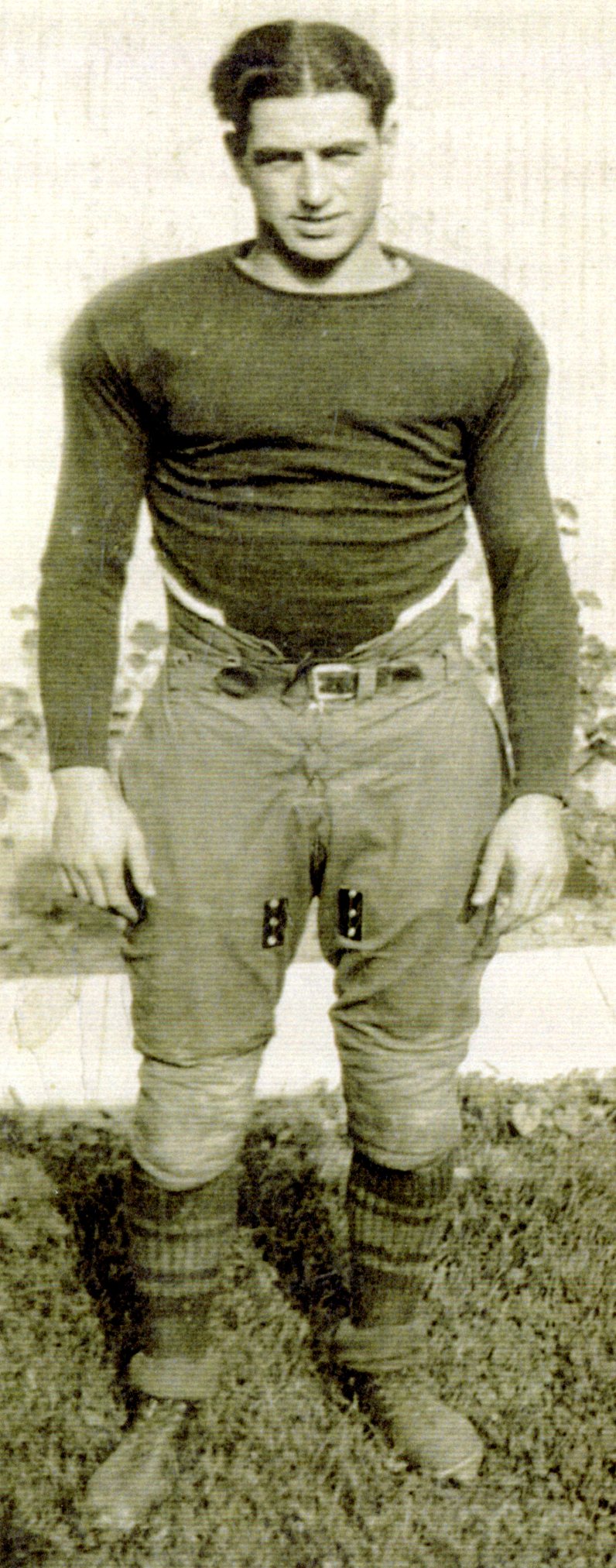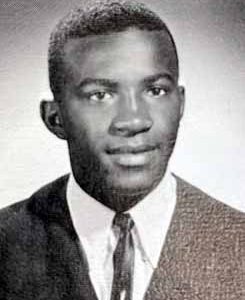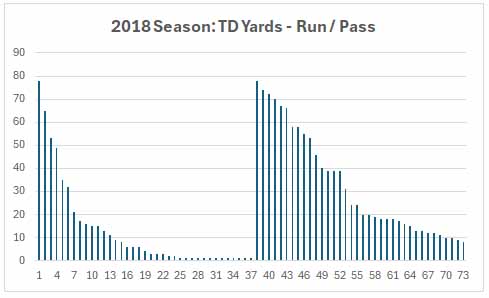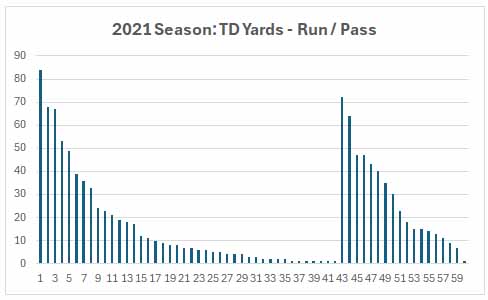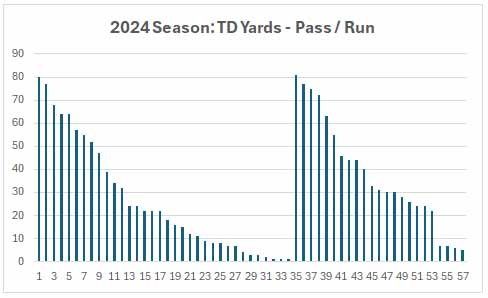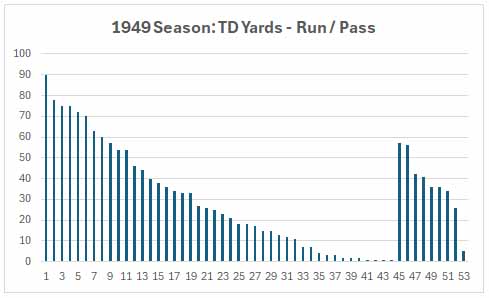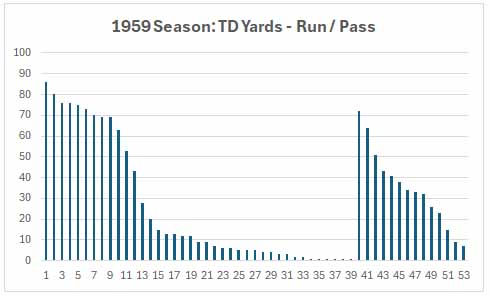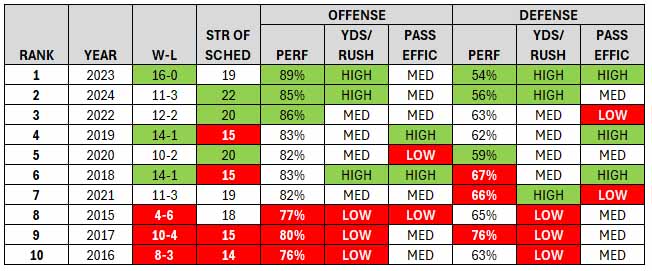 History
History Massillon’s Record-Setting Kickers and Punters
Massillon’s Record-Setting Kickers and Punters
The MassillonTigers.com website maintains all of Massillon’s football records, which can be found at this link. Below are the record setters for the kicking and punting categories.
KICKERS
Note: The website contains a host of kicking categories, but only the most significant ones are shown below.
Alex Bauer (2018-20): 6 records
- Single game PAT kicks made and points kicking – In a 2018 game against Sun Valley, PA, Bauer, just a sophomore at the time, converted on all 14 of his PAT attempts in a 101-7 victory. He also kicked a 39-yard field goal to account for 17 scoring points.
- Single season PAT kicks made and field goal percent – In his senior season, Bauer was good on 46 PAT attempts, missing only one that year. In 2018, he was good on 7 of 8 field goals attempts for a mark of 88%. His most memorable field goal came in the playoff regional finals against Akron Hoban when he kicked a 31-yarder with just seven seconds remaining in the half to push the Tigers ahead on the scoreboard. That margin held up for the remainder of the game in a 17-14 Massillon victory.
- Career PAT kicks made and field goal percent (tie) – Bauer kicked three years for the Tigers. In his sophomore year he converted 76 of 83 PAT attempts and 7 of 8 field goal attempts. In his junior year he converted 81 of 83 PAT attempts and 6 of 8 field goal attempts. In his senior year he converted all 47 PAT attempts and 8 of 11 field goal attempts. Thus, for his career Bauer converted 205 of 213 PAT attempts. He was also good on 21 of 27 field goal attempts for a mark of 78%.
Andrew David (2011-14): 2 records
- Single game longest field goal – Andrew David had perhaps the longest range of any kicker to suit up for Massillon. And that was put to the test in a 2014 game against St. John’s Collegiate of Ontario. With the Tigers up 38-0 to the begin of the second quarter, they had just made a first down at the St. John’s 41 yard line. To the surprise of all, Coach Jason Hall sent David onto the field in an attempt to stretch the kicking distance record. That he did in booming a 58-yard monster. It also ranks No. 5 in the OHSAA state record book, just three yards shy of the record-holder. And it appeared long enough in the video to have beaten that mark.
- Career field goals made – In his four years, David kicked 6 of 7 field goals in his freshmen year, 7 of 15 in his sophomore year, 7 of 14 in his junior year and 12 of 17 in his senior year for a total of 32 career field goals. David’s 50-yarder in the 2014 game against Canton GlenOak was the difference in a 17-14 victory.
Klay Moll (2015, 17): 2 records
- Career PAT percent and career field goal percent – Moll kicked for the varsity in both 2015 and 2017. In 2015 he connected on all 19 PAT attempts and his lone field goal attempt. In 2017 he converted 54 of 55 PAT attempts and 6 of 8 field goal attempts. Thus, his career numbers were 73 of 74 PAT attempts for 98.6% and 7 of 9 field goal attempts for 77.8%. Also, in 2017 Moll kicked a 21-yard field goal during the first quarter of a 16-15 victory over Canton McKinley.
David Abdul (2000-01): 1 record
- Single season field goals made – In 2001 Abdul converted 15 field goals to establish the season record. He also had 14 during the previous year. In the 2001 game against Mansfield Abdul kicked a 54-yard field in a 17-14 victory.
PUNTING
Quentin Paulik (2004): 2 records
- Single season average yards per punt – Paulik punted six times in 2004 with an average of 43.5 yards per punt with a long of 63 yards, two yards shy of the record.
- Career average yards per punt – Since Paulik had at least three punts, having only punted during 2004 season, his 43.5 yards per punt average also qualifies for a career record.
Horace Gillom (1940): 1 record
- Single game longest punt – During the 1940 game against Canton McKinley, Gillom unloaded a 65-yard punt to set a record that stands today, some 85 years later.
Andrew David (2011-14): 1 record
- Single game average yards per punt – David punted three times in the 2014 Warren Harding and averaged 50.0 yards per punt. His kicks went for 50, 49 and 51 yards. He also connected on field goals of 38 and 21 yards in a 46-24 victory. For the season, David averaged 37.5 yards per punt.
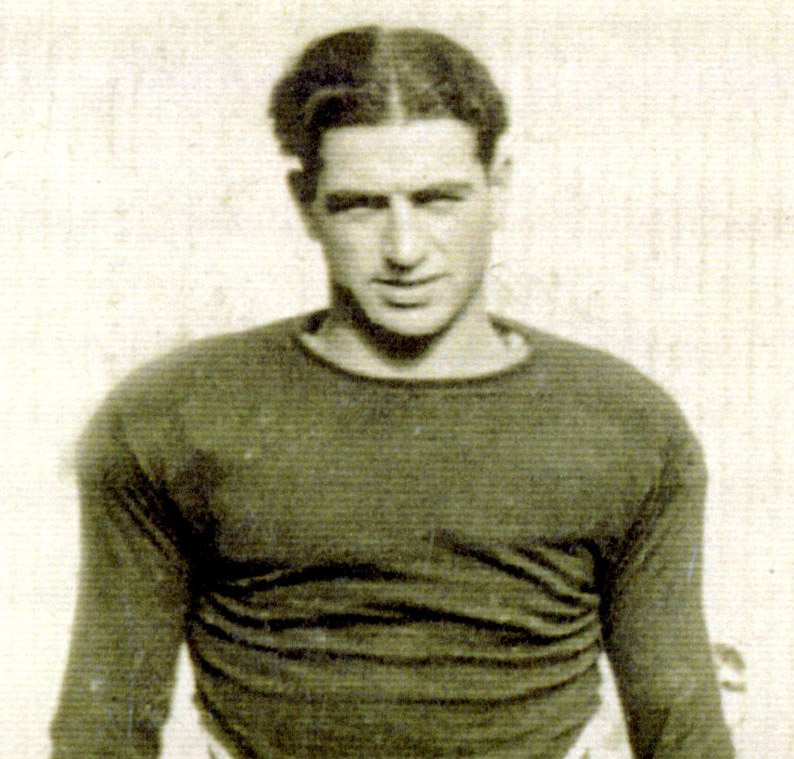


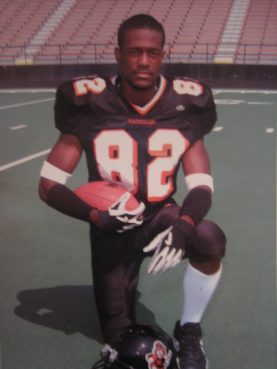
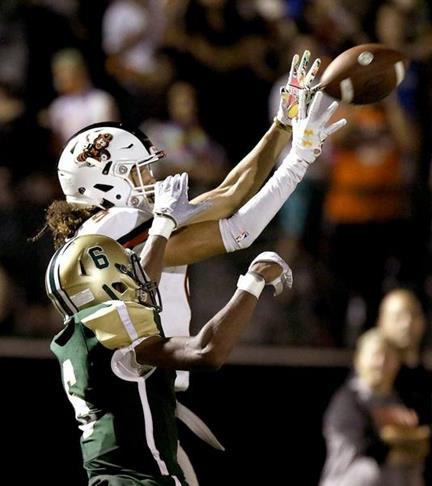

 Single game touchdowns – In 1934 Lohr caught five touchdown passes against Barberton in a 54-0 victory. The TDs were of 16, 44, 10, 29 and 20 yards. The first three gave the Tigers a 20-0 lead. On the passing end of the touchdowns were Bob Shertzer (2 TDs) and Mike Byelene (3 TDs), who were tossing the ball in place of the injured Howard Dutton. Lohr also returned a punt for a 50-yard score. Massillon finished 9-1 that year under head coach Paul Brown.
Single game touchdowns – In 1934 Lohr caught five touchdown passes against Barberton in a 54-0 victory. The TDs were of 16, 44, 10, 29 and 20 yards. The first three gave the Tigers a 20-0 lead. On the passing end of the touchdowns were Bob Shertzer (2 TDs) and Mike Byelene (3 TDs), who were tossing the ball in place of the injured Howard Dutton. Lohr also returned a punt for a 50-yard score. Massillon finished 9-1 that year under head coach Paul Brown. Single game average yards per reception – In 2016 Jasinski caught three passes for 140 yards and scored a TD off of each catch in a 75-7 win over Toledo Bowsher. The receptions went for 74, 14 and 52 yards, with an average of 46.7 yards per catch. The quarterback was Seth Blankenship. Jasinski also returned a punt 80 yards for a score. The team finished with a record of 8-3.
Single game average yards per reception – In 2016 Jasinski caught three passes for 140 yards and scored a TD off of each catch in a 75-7 win over Toledo Bowsher. The receptions went for 74, 14 and 52 yards, with an average of 46.7 yards per catch. The quarterback was Seth Blankenship. Jasinski also returned a punt 80 yards for a score. The team finished with a record of 8-3.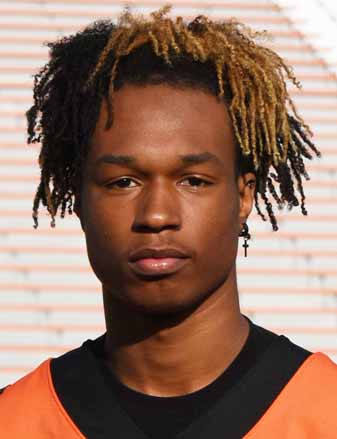 Single game receiving yards – Wilson-Lamp had a career day to open the 2019 season by catching 11 passes for 232 yards and a touchdown in a 44-14 win over Akron St. Vincent. The TD went for 45 yards on a pass from quarterback Aidan Longwell. Wilson-Lamp also had receptions of 51, 40 and 24 yards.
Single game receiving yards – Wilson-Lamp had a career day to open the 2019 season by catching 11 passes for 232 yards and a touchdown in a 44-14 win over Akron St. Vincent. The TD went for 45 yards on a pass from quarterback Aidan Longwell. Wilson-Lamp also had receptions of 51, 40 and 24 yards. Career average yards per reception – During 2023 Louis caught 14 passes for 364 yards and 7 touchdowns, with an average of 26.0 yards per reception. The team that year finished 16-0 and captured the Division II state championship.
Career average yards per reception – During 2023 Louis caught 14 passes for 364 yards and 7 touchdowns, with an average of 26.0 yards per reception. The team that year finished 16-0 and captured the Division II state championship.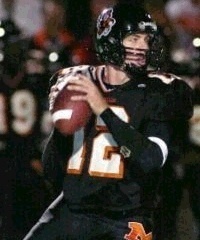

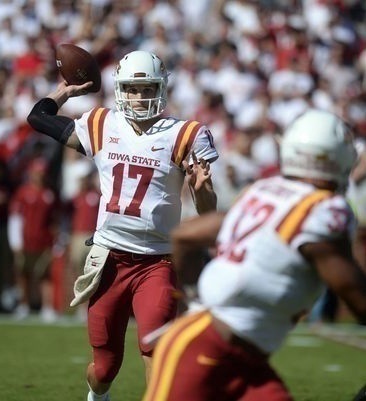
 Single game completions (tie) – Slaughter had a career day in the 2024 season opener against NFL Academy-London, completing 29 of 44 passes for 403 yards and three touchdowns. Braylyn Toles caught nine of his passes and Ricardo Wells caught seven. Massillon won the game, 35-20.
Single game completions (tie) – Slaughter had a career day in the 2024 season opener against NFL Academy-London, completing 29 of 44 passes for 403 yards and three touchdowns. Braylyn Toles caught nine of his passes and Ricardo Wells caught seven. Massillon won the game, 35-20.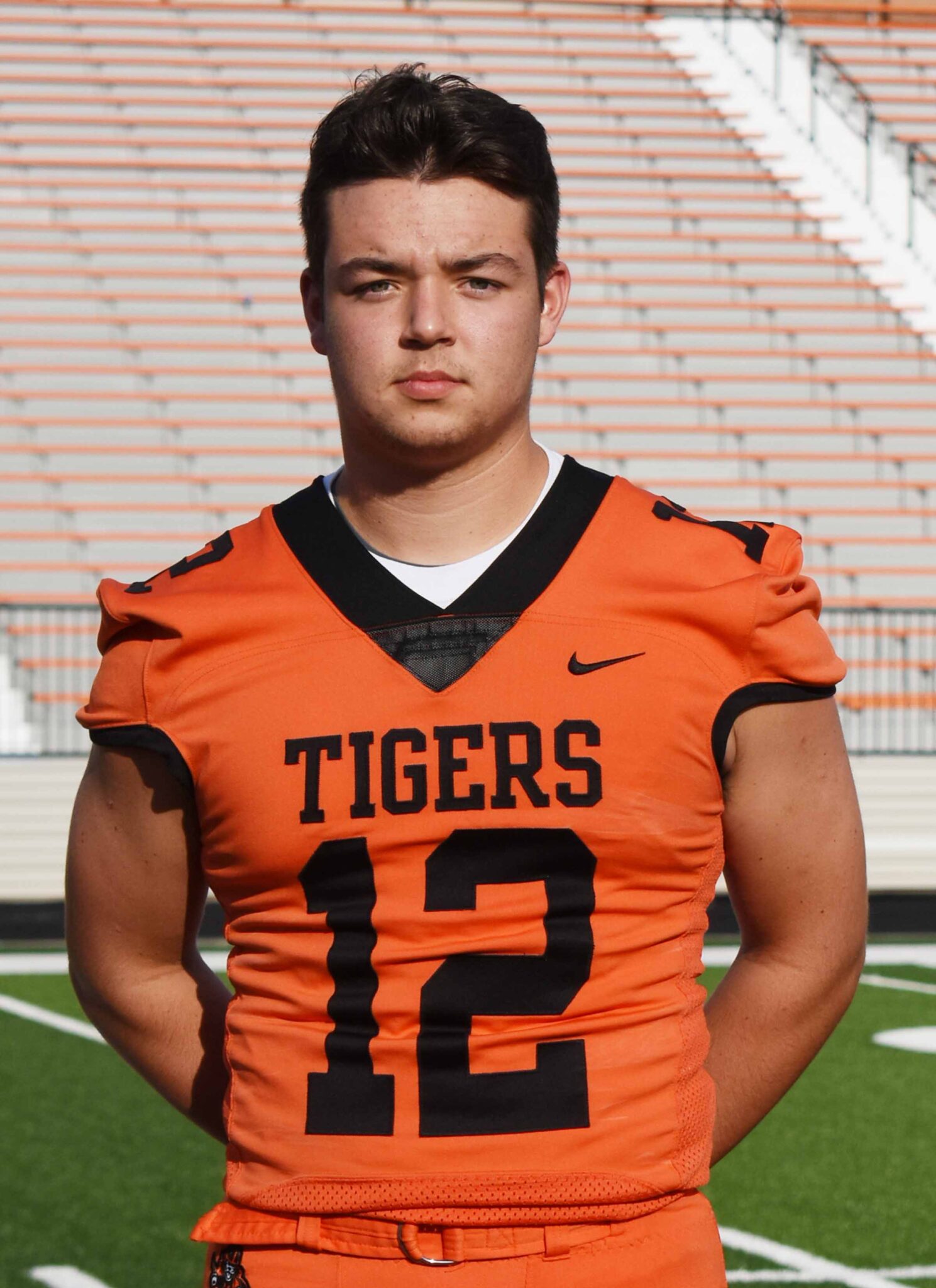 Single game yards per attempt, completion percentage and pass efficiency – Catrone led the Tigers in 2020 to the playoff state finals. His best outing came against Massillon Perry in the playoff regional finals, when he completed all ten of his pass attempts for 234 yards and three touchdowns. He set records for 100% pass completion, 23.4 yards per attempt and 395.6 efficiency rating. Seven of the passes and all three touchdowns went to Jayden Ballard, on tosses of 72 yards, 15 yards and 33 yards. Andrew Wilson-Lamp also caught a 72-yard TD pass. The Tigers won the game, 43-13.
Single game yards per attempt, completion percentage and pass efficiency – Catrone led the Tigers in 2020 to the playoff state finals. His best outing came against Massillon Perry in the playoff regional finals, when he completed all ten of his pass attempts for 234 yards and three touchdowns. He set records for 100% pass completion, 23.4 yards per attempt and 395.6 efficiency rating. Seven of the passes and all three touchdowns went to Jayden Ballard, on tosses of 72 yards, 15 yards and 33 yards. Andrew Wilson-Lamp also caught a 72-yard TD pass. The Tigers won the game, 43-13.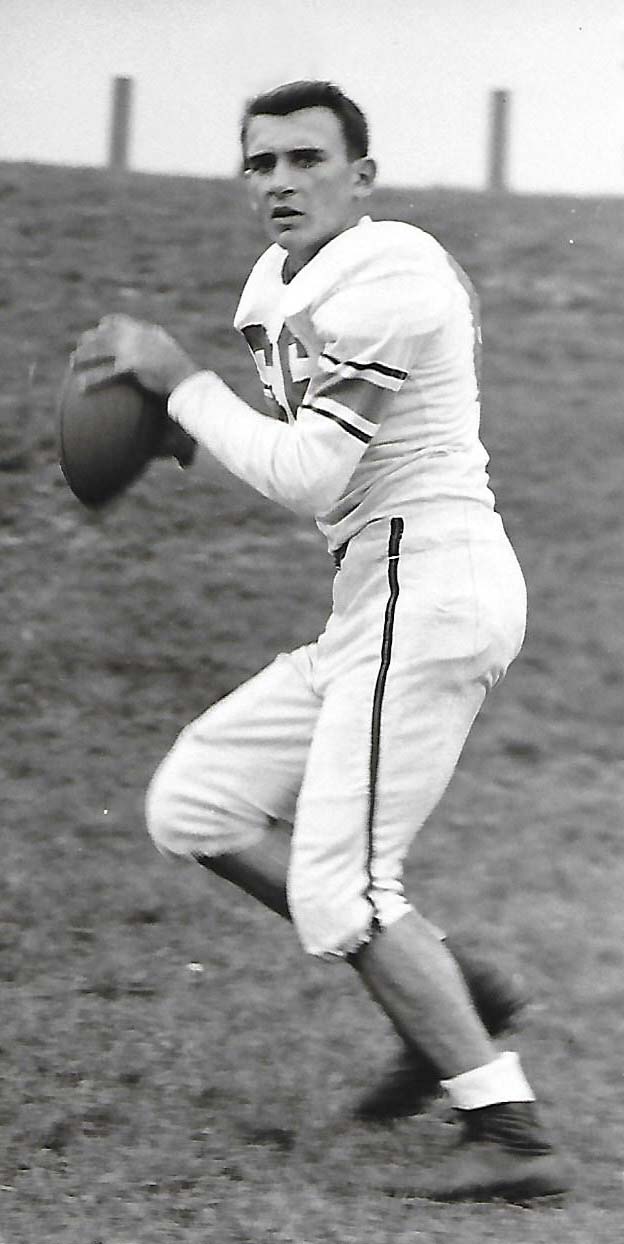 Joe Sparma (1957-59): 1 record
Joe Sparma (1957-59): 1 record